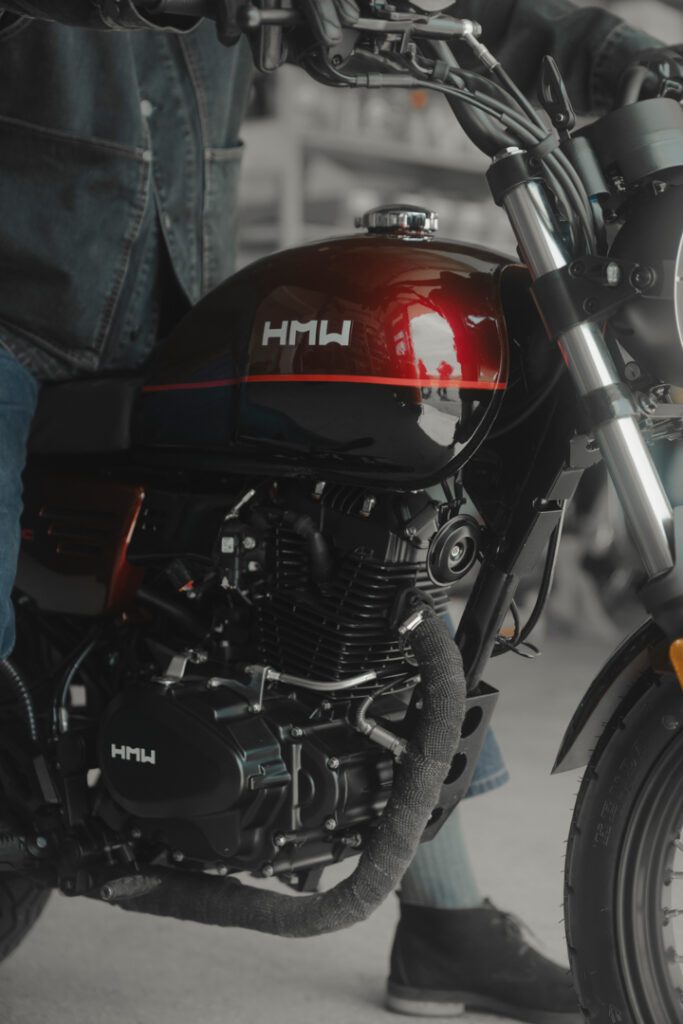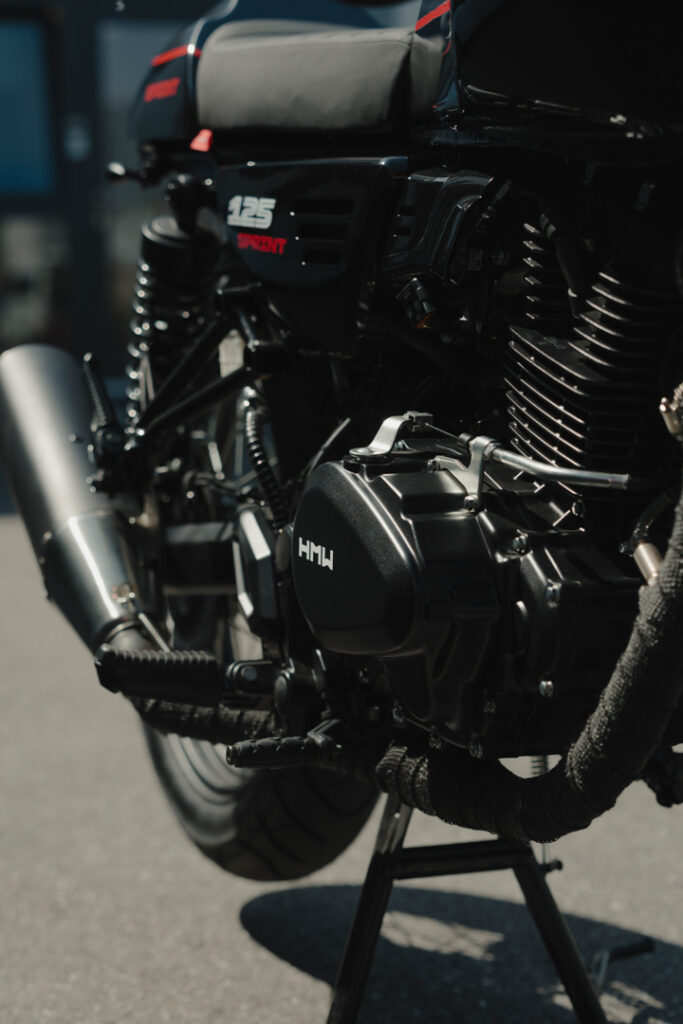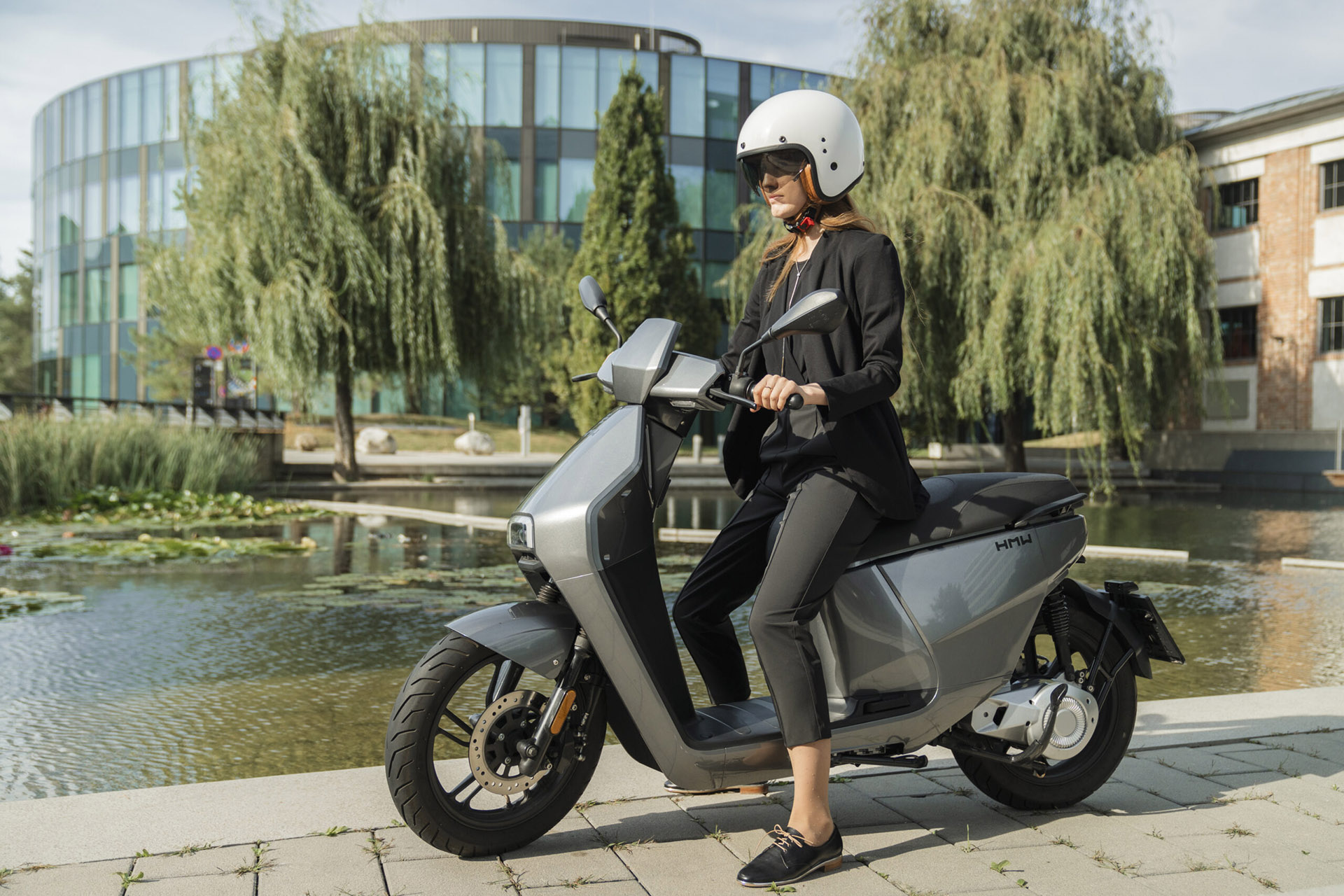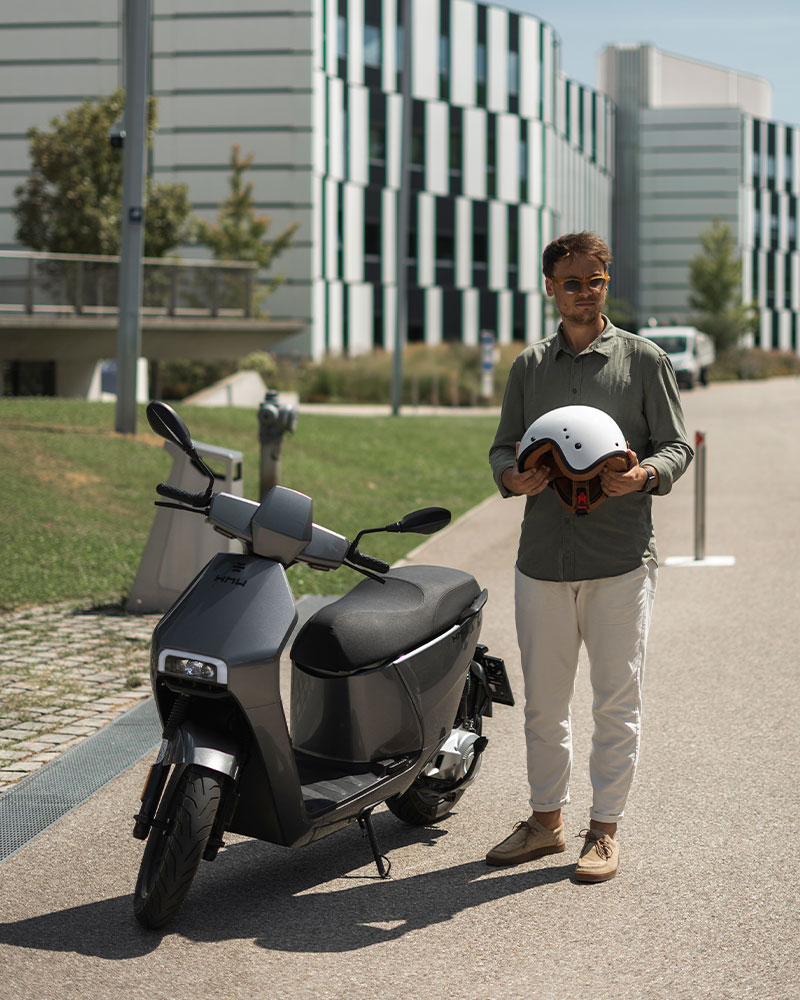1. Check Oil Level and Change the Oil
Motor oil plays a vital role: it lubricates moving parts, protects against corrosion, dissipates heat, and prevents deposits. That’s why regularly checking your oil level is crucial – especially before long trips or after periods of inactivity.
How often should the oil be changed?
Depending on your motorcycle type and usage (e.g., city commuting, highway cruising, off-road riding), oil should be changed every 5,000 to 10,000 kilometers (or at least once a year). Always follow your manufacturer’s recommendations.
Don’t forget the oil filter:
Always replace the oil filter during an oil change. It removes debris and contaminants, ensuring optimal lubrication.
2. Inspect and Replace Spark Plugs
Spark plugs are essential for efficient combustion. Worn or dirty spark plugs can cause hard starts, rough idling, and power loss.
Recommendation:
Inspect every 5,000 kilometers. Replace them after 10,000 to 20,000 kilometers, depending on the model and plug type. Modern iridium spark plugs last longer but should still be checked regularly.
3. Maintain the Carburetor or Fuel Injection System
While older motorcycles often have carburetors, modern bikes typically use fuel injection systems. Both regulate the air-fuel mixture – and both need attention to avoid performance issues.
Maintenance Tips:
- Carburetors: Clean after long storage periods (e.g., via ultrasonic cleaning) and adjust properly.
- Fuel Injection: Check sensors, throttle body, and idle control valves regularly for cleanliness and function.


4. Clean, Lubricate, and Adjust the Drive Chain
The motorcycle chain transfers power from the engine to the rear wheel. A neglected chain can snap or damage the sprockets.
Maintenance Interval:
Clean and lubricate every 500 to 1,000 kilometers with appropriate chain spray. Check the tension – it should be neither too loose nor too tight.
Pro Tip:
Shaft or belt drives on modern bikes require less frequent maintenance, but a periodic check is still worthwhile.
5. Check Brakes and Brake Fluid
Brake pads and discs are critical for safety and must be inspected regularly. Worn pads or warped discs can significantly reduce braking performance.
Brake Fluid:
Brake fluid absorbs moisture over time, which lowers its boiling point and may cause brake failure. Replace it at least every two years – sooner for performance riding.
6. Inspect Tire Pressure, Tread, and Age
Tires are your only contact with the road. Their condition directly affects handling, safety, and comfort.
What to check:
- Tire Pressure: Monitor and adjust regularly.
- Tread Depth: Legal minimum is 1.6 mm; recommended: over 2 mm in front and 3 mm in the rear.
- Tire Age: Replace tires older than six years, even if the tread looks fine.
7. Monitor Battery and Electrical System
A dead battery means no ride. Especially for seasonal riders, battery checks are essential after winter storage.
Recommendation:
Charge the battery every few weeks or use a maintenance charger.
Check the electrics: Do indicators, lights, horn, and brake lights work properly?
Inspect fuses and connectors for corrosion.
8. Check Bolts and Connections Regularly
Vibrations from riding can loosen bolts over time. Weather exposure or improper storage can also cause corrosion or damage.
Recommendation:
Check key bolts – especially on handlebars, brakes, foot pegs, exhaust, and fairings – regularly and tighten with a torque wrench if needed.

Bonus Tip: Create and Maintain a Maintenance Log
A clear maintenance schedule helps you stay on top of service intervals and ensures nothing gets missed. Whether handwritten, in an app, or an Excel spreadsheet – the key is to document the date, mileage, and tasks completed.
Benefit:
You not only protect your bike but also increase its resale value with a well-documented maintenance history.
Conclusion: Maintain Your Motorcycle – Ride Safer and Longer
Regular motorcycle maintenance isn’t just a chore – it’s part of responsible riding. It extends your bike’s lifespan and keeps you safer on the road. With some technical know-how and the right tools, you can perform many tasks yourself – and save money along the way. Good maintenance pays off – for you and your motorcycle.






